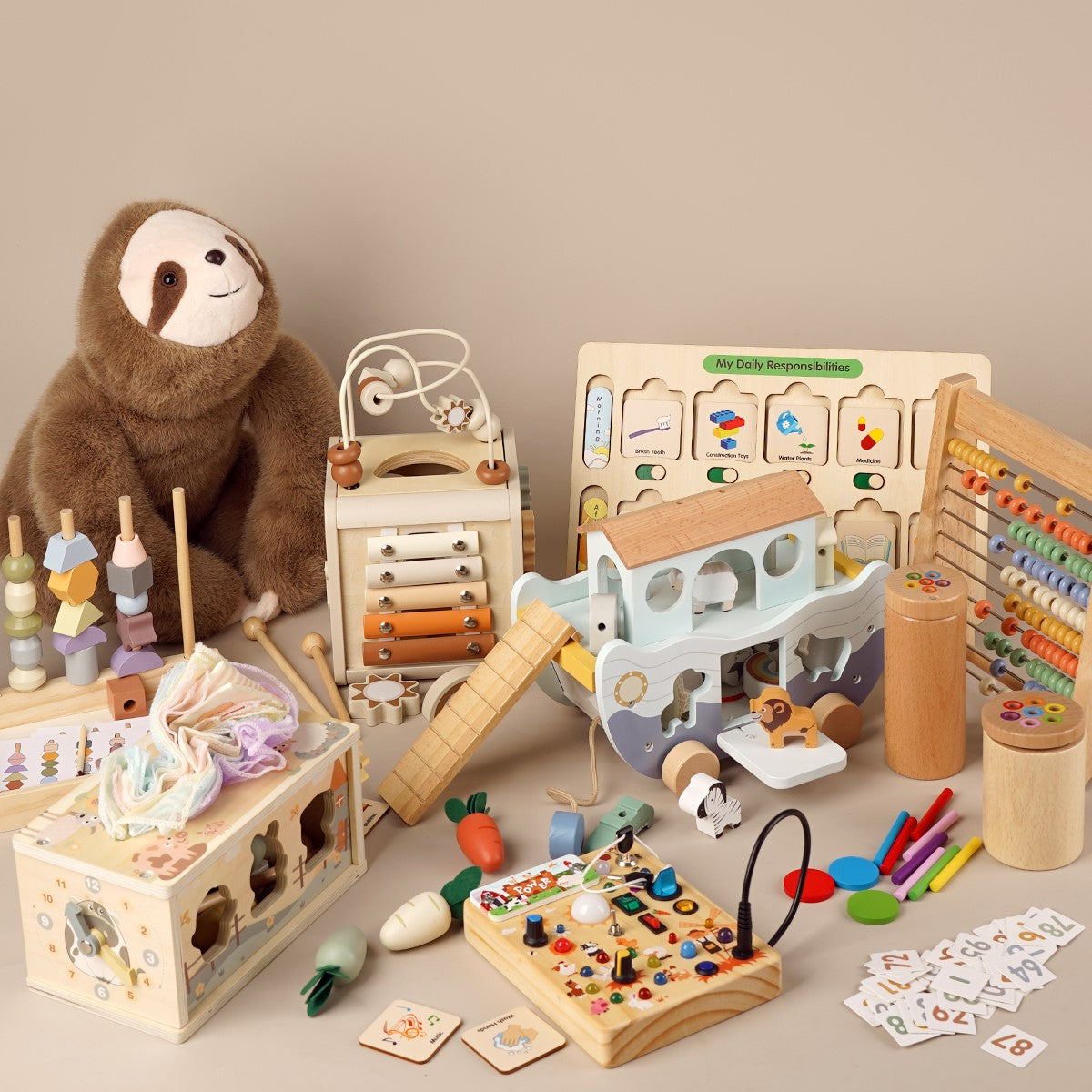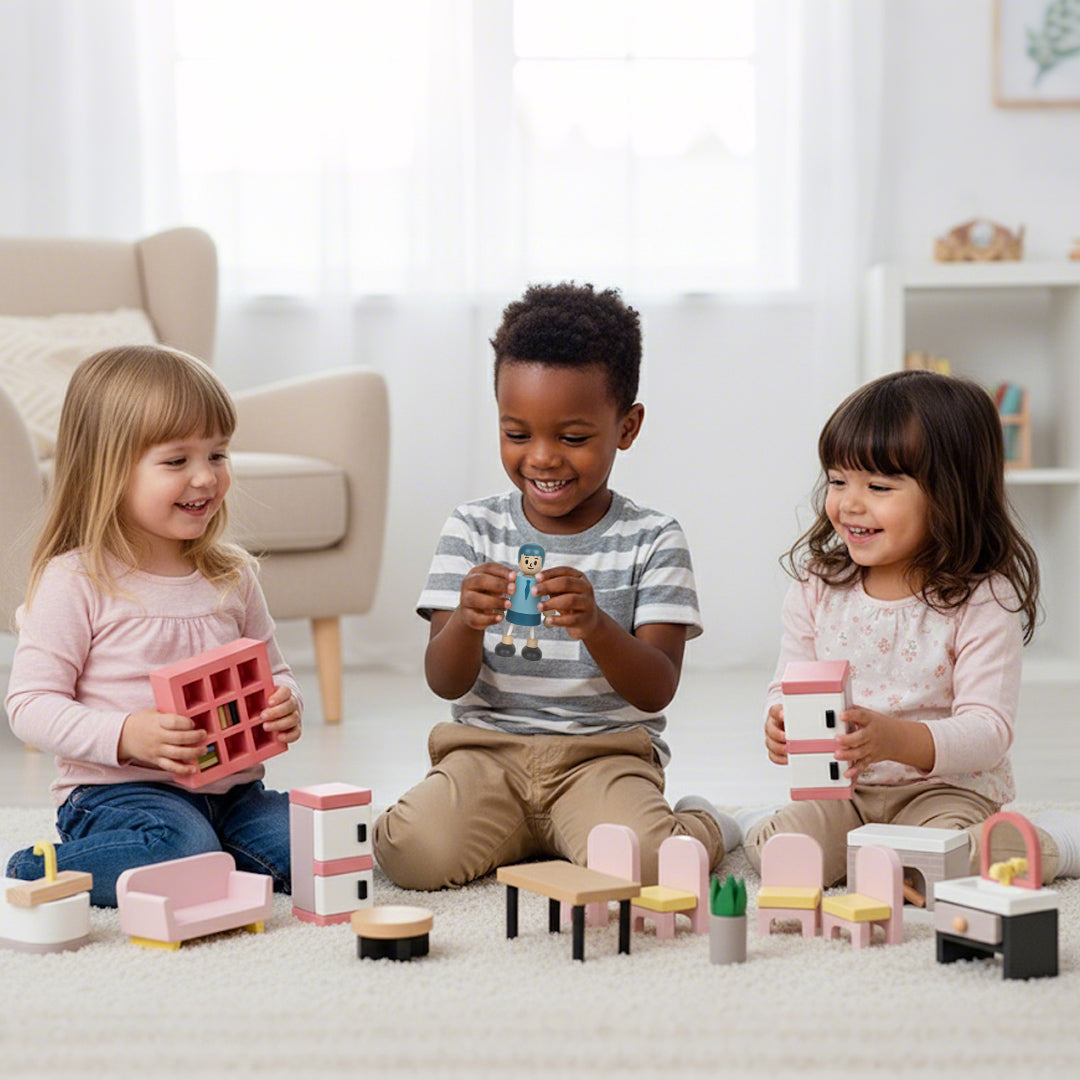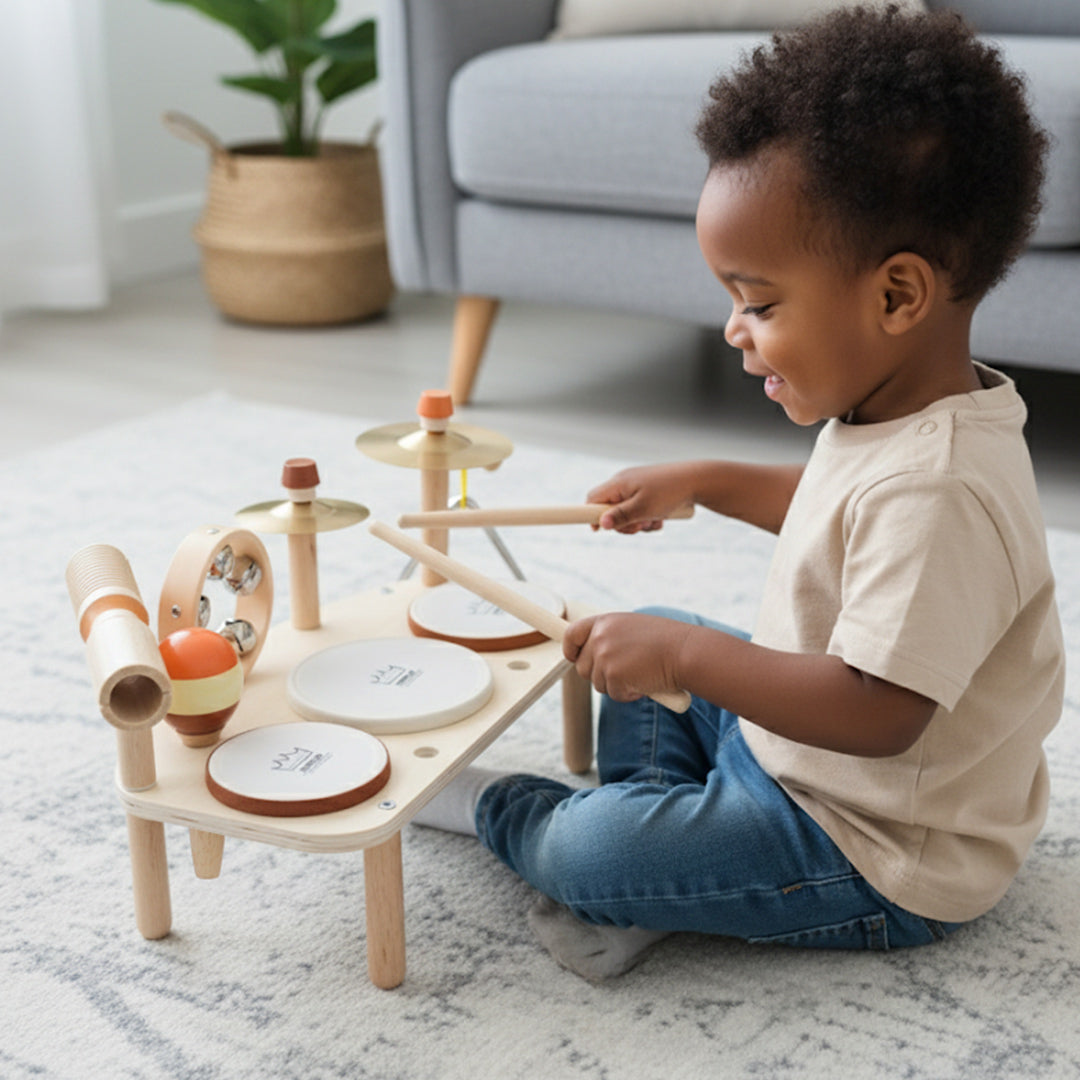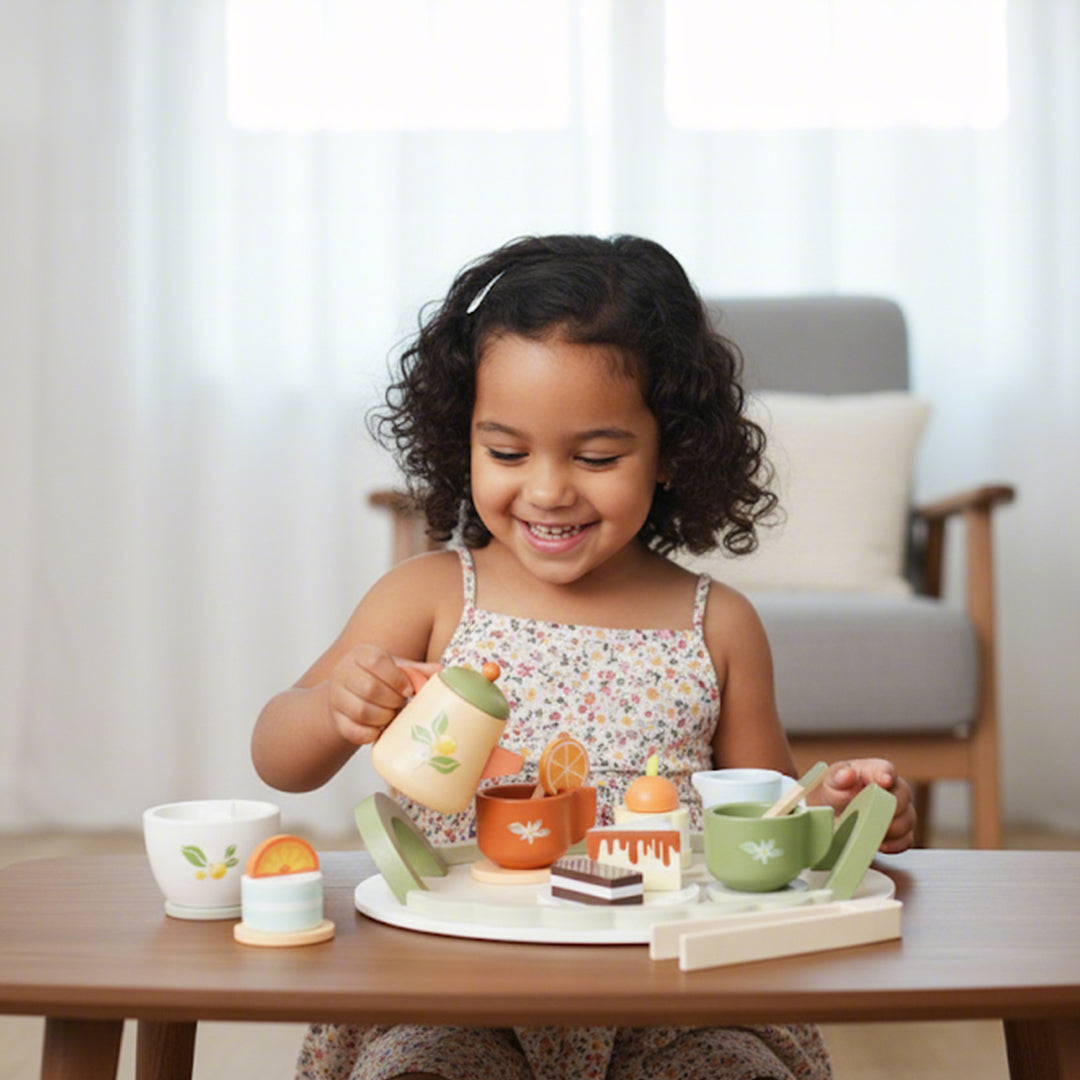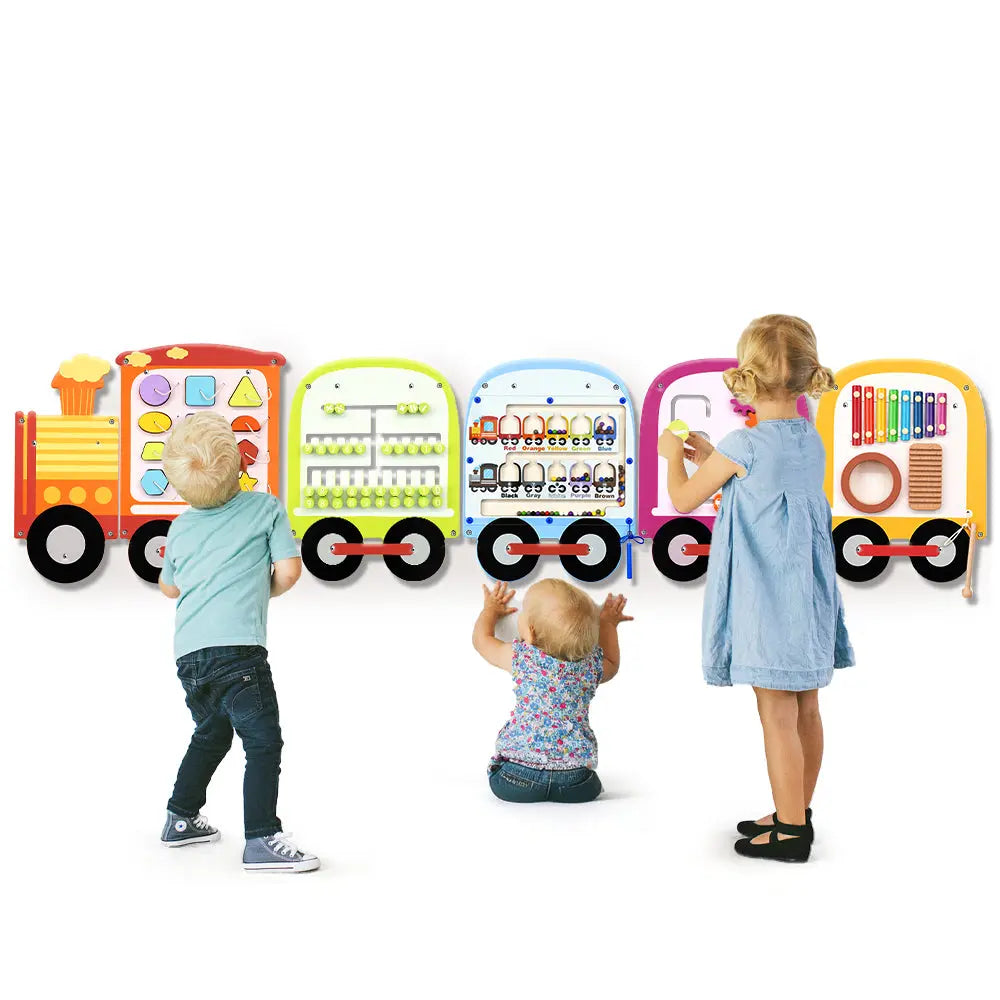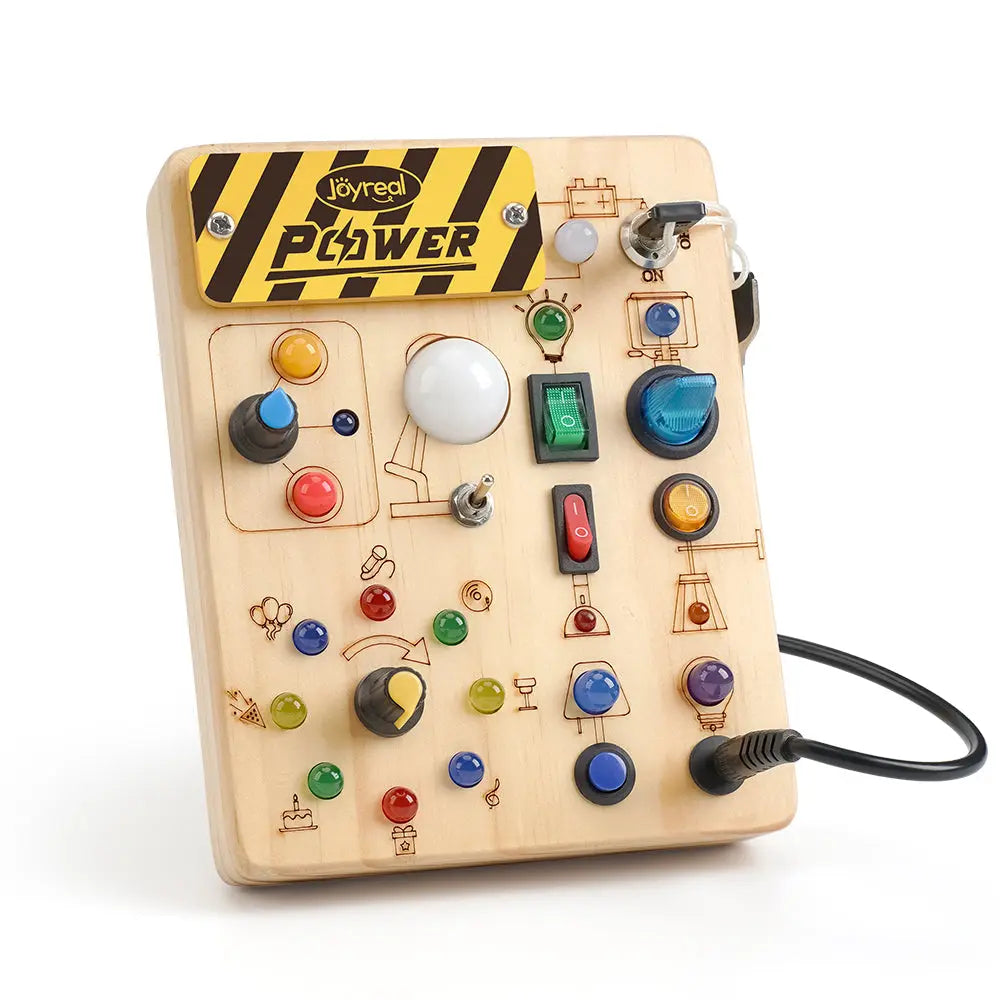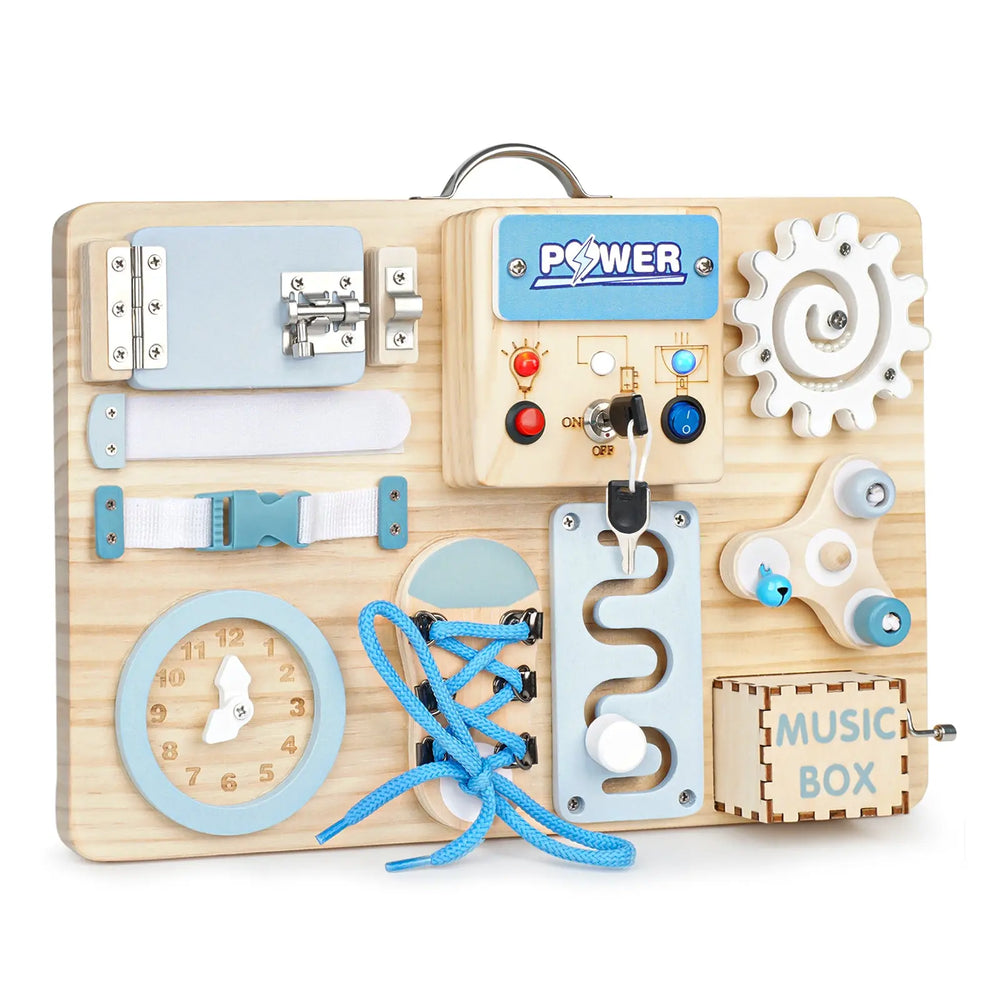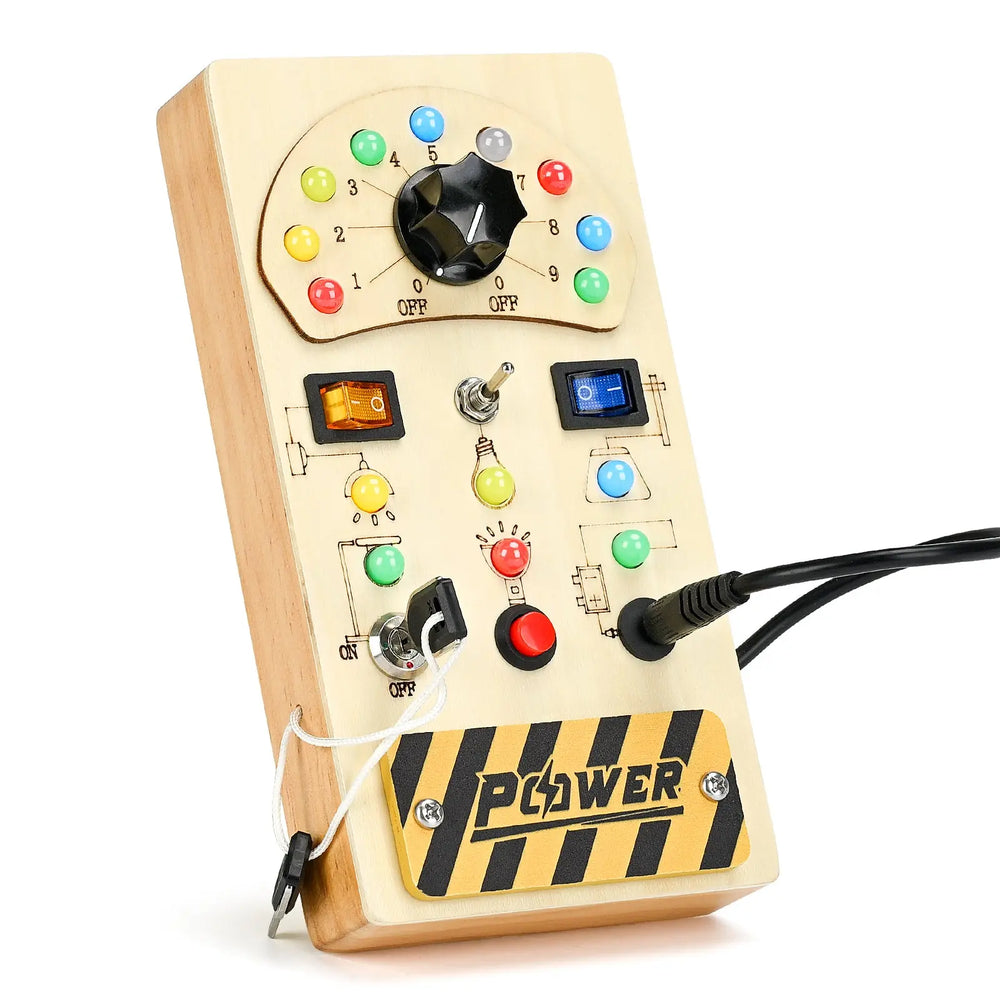Best Montessori Busy Boards for Children's Day Gifts

Children's Day is the perfect occasion to gift something engaging, educational, and fun for little ones. A Montessori busy board (also known as a sensory board or activity board) is an excellent choice, as it promotes fine motor skills, problem-solving, and independent play. Based on Montessori principles, these activity boards foster independent learning, sensory exploration, and fine motor skill development in a fun, hands-on way—making them one of the best decisions you can make for your child’s early development.
Why Choose Montessori Busy Boards for Children
1. Encourages Independent Play & Problem-Solving
- Self-Directed Learning – Unlike electronic toys, busy boards allow children to explore at their own pace, boosting confidence and decision-making skills.
- Real-Life Skills – Activities like zipping, buttoning, and unlocking latches mimic everyday tasks, preparing kids for practical life.
2. Develops Fine Motor Skills & Hand-Eye Coordination
- Strengthens Finger Muscles – Turning knobs, sliding beads, and fastening buckles refine pincer grasp (important for writing later).
- Improves Coordination – Activities like threading laces or spinning gears enhance precision and control.
3. Stimulates Cognitive & Sensory Development
- Tactile Learning – Different textures (smooth wood, soft fabric, bumpy silicone) engage a child’s senses.
- Early STEM Concepts – Gears, locks, and puzzles introduce cause-and-effect, shapes, and mechanics.
4. Reduces Screen Time with Engaging Play
- No Batteries Needed – Promotes active, screen-free entertainment while keeping kids occupied.
- Long-Lasting Appeal – Unlike flashy toys that lose interest quickly, busy boards grow with the child, offering challenges for different ages.
5. Builds Focus & Patience
- Concentration – The repetitive nature of tasks (e.g., opening/closing latches) helps toddlers practice persistence.
- Calming Effect – Sensory elements like spinning wheels or textured fabrics can soothe anxious or fidgety kids.
6. Safe & Durable (Unlike Many Plastic Toys)
- Made from Child-Safe Materials – High-quality wood, non-toxic paints, and sturdy metal parts ensure safety.
- Eco-Friendly – Most Montessori boards use sustainable materials, reducing plastic waste.
7. Adaptable for Different Ages & Abilities
- Simple boards (with large buttons, zippers) suit 1-2 year olds.
- Advanced boards (with clocks, shoelaces, puzzles) challenge 3-5 year olds.
8. Portable & Versatile
- Travel-Friendly – Compact designs make them ideal for cars, planes, or waiting rooms.
- Great for Daycares & Classrooms – Encourages group play and sharing.
Children's Day is the perfect occasion to gift something engaging, educational, and fun for little ones. A Montessori busy board (also known as a sensory board or activity board) is an excellent choice, as it promotes fine motor skills, problem-solving, and independent play.
If you're looking for the best Montessori busy board for your child, here’s a curated list of top picks:
Top 3 Montessori Busy Boards for Children’s Day – Joyreal’s Best Sensory Learning Toys
Celebrate Children’s Day with Joyreal’s top-rated Montessori busy boards, designed to spark curiosity, enhance fine motor skills, and promote sensory exploration. Here are three exceptional options for different ages and developmental needs:
1. Joyreal Montessori Wooden Busy Boards:
Ages: 24+ months
- Skills Developed: Fine motor skills, problem-solving, cause-effect understanding, finger strength, color recognition, logical thinking, and hand-eye coordination.
-
Features: Multi-style controls with rotating speed dials, main switches, and diverse button types (toggle/push/rotary). It is also a STEM learning tool that demystifies circuit basics.
- STEM-focused—teaches basic circuits and problem-solving.
Reviews: customers highlighting it as a great distraction that grabs attention. It is also noted to be durable, with high-quality, non-toxic materials.
 2. Joyreal Wooden Busy Board with LED Lights - Autism Sensory Toy for 3-5 Year Olds
2. Joyreal Wooden Busy Board with LED Lights - Autism Sensory Toy for 3-5 Year Olds
Ages: 36+ months
- Skills Developed: Sensory stimulation, fine motor development, and cognitive growth.
- Features: Integrates 10+ real-life skill modules with authentic Montessori principles. It has a dual-tone design (blue + natural wood) and a compact 12-inch frame, making it a portable learning station.
- Compact & portable (12-inch design) for travel or home use.
Reviews: customers appreciating its fidgety fun and suitability for stimming and learning for children with autism.
3. Joyreal Sensory Wall Busy Board - Train-Shaped Learning Station with 8 Activities
Ages: 3-6 years
- 8-in-1 activities: Magnetic puzzles, xylophone, number maze, and gear systems.
- Skills Developed: Fine motor skills, logic, independence, early math skills, color recognition, number literacy, and precision control.
- Features: Includes a magnetic shape puzzle, arithmetic board, color & number maze, rotary gears, sliding beads, a wooden xylophone, piano, and drum.
Reviews: customers noting its excellent quality, engagement, and ease of installation.
Why Choose Joyreal Toys for Children’s Day?
- Certified Safe: Non-toxic, durable, and Montessori-aligned.
- Free Shipping & 30-Day Returns: Hassle-free satisfaction guarantee.
- Rave Reviews: Parents praise their long-lasting engagement (see product pages for testimonials).
Gift a Joyreal busy board this Children’s Day—where play meets developmental growth!
What Materials are Safest for Busy Boards?
When selecting or making a Montessori busy board, safety is the top priority. The best materials are non-toxic, durable, and child-friendly to ensure a safe and engaging experience for little ones.
1. Wood (Best Overall Material)
✅ Why It’s Safe:
- Solid hardwood (like birch, maple, or oak) is sturdy and splinter-resistant.
- Avoid plywood or MDF (unless properly sealed) as they may contain formaldehyde.
- Look for smooth sanded edges to prevent cuts or splinters.
🔹 Best For: The main board structure, frames, and large components.
2. Non-Toxic Paints & Finishes
✅ Why It’s Safe:
- Choose water-based, lead-free paints (certified ASTM D-4236 or EN71-3).
- Food-grade finishes (like beeswax or plant-based oils) are safer than chemical varnishes.
- Avoid glossy paints if the child tends to chew on items.
🔹 Best For: Coloring the board, shapes, and decorative elements.
3. Child-Safe Metal Components
✅ Why It’s Safe:
- Stainless steel (rust-proof and non-toxic) is ideal for latches, hinges, and knobs.
- Avoid cheap metals (like zinc-plated or painted metals) that may flake or corrode.
- Ensure all metal parts are securely fastened to prevent choking hazards.
🔹 Best For: Locks, zippers, buckles, and door hinges.
4. BPA-Free Plastic & Silicone
✅ Why It’s Safe:
- Food-grade silicone (used in teething toys) is soft and chewable.
- ABS plastic (used in Lego) is durable and non-toxic.
- Avoid PVC or phthalate-laden plastics, which can be harmful.
🔹 Best For: Buttons, switches, and sensory elements like textured tiles.
5. Fabric & Soft Textiles
✅ Why It’s Safe:
- Organic cotton, felt, or fleece (free from chemical dyes).
- Velcro with strong adhesive backing (so it doesn’t peel off easily).
- Avoid loose threads or small fabric pieces that could pose choking risks.
🔹 Best For: Zippers, shoelace tying practice, and sensory patches.
6. Safe Adhesives & Fasteners
✅ Why It’s Safe:
- Non-toxic wood glue (like Titebond III) for assembling wooden parts.
- Screws instead of nails (to prevent sharp edges).
- Avoid super glue or epoxy, which can be toxic if ingested.
🔹 Best For: Securing parts to the board.

Final Thought
Montessori busy boards aren’t just toys—they’re smart, purposeful tools that nurture curiosity, independence, and essential life skills in a playful way. Whether as a birthday gift, holiday present, or everyday learning aid, they’re a worthwhile investment in your child’s growth.
Maybe it will be helpful for you:
Recent Post

What Finally Helped My Toddler Speak Up?
If you’re a toddler mom, you already know how much emotional weight...

Joyreal Christmas Toys Deals 2025
Enjoy instant savings across nearly every category, from early lear...

How Wooden Montessori Toys Support a Sustainable Childhood
Most parents don’t say it out loud, but many feel the same quiet fr...

Top Christmas Gifts to Help Kids Communicate Better This Holiday Season
The holiday season brings joy, family bonding, and endless opportun...

How to Make DIY Printable Communication Boards
Communication is at the heart of every child’s development — and fo...

Top 5 Christmas Gifts That Bring Families Closer (2025 Guide)
Christmas isn’t just about the gifts — it’s about the moments we c...

Top Musical Christmas Gifts for Toddlers & Preschoolers 2025
Why Musical Gifts Are Perfect for Toddlers and Preschoolers Music h...

Joyreal AAC Devices Wholesale Partner
In today’s educational and therapeutic environments, speech therapi...

Joyreal AAC Device – Big Sale for Autism & Speech
Every Voice Deserves to Be Heard Imagine your child looking up at y...

How to Choose Safe & Educational Toys for Christmas 2025
When “Just a Toy” Means So Much More If you’re a parent, you know t...
